Abridged timeline of selected dates and events
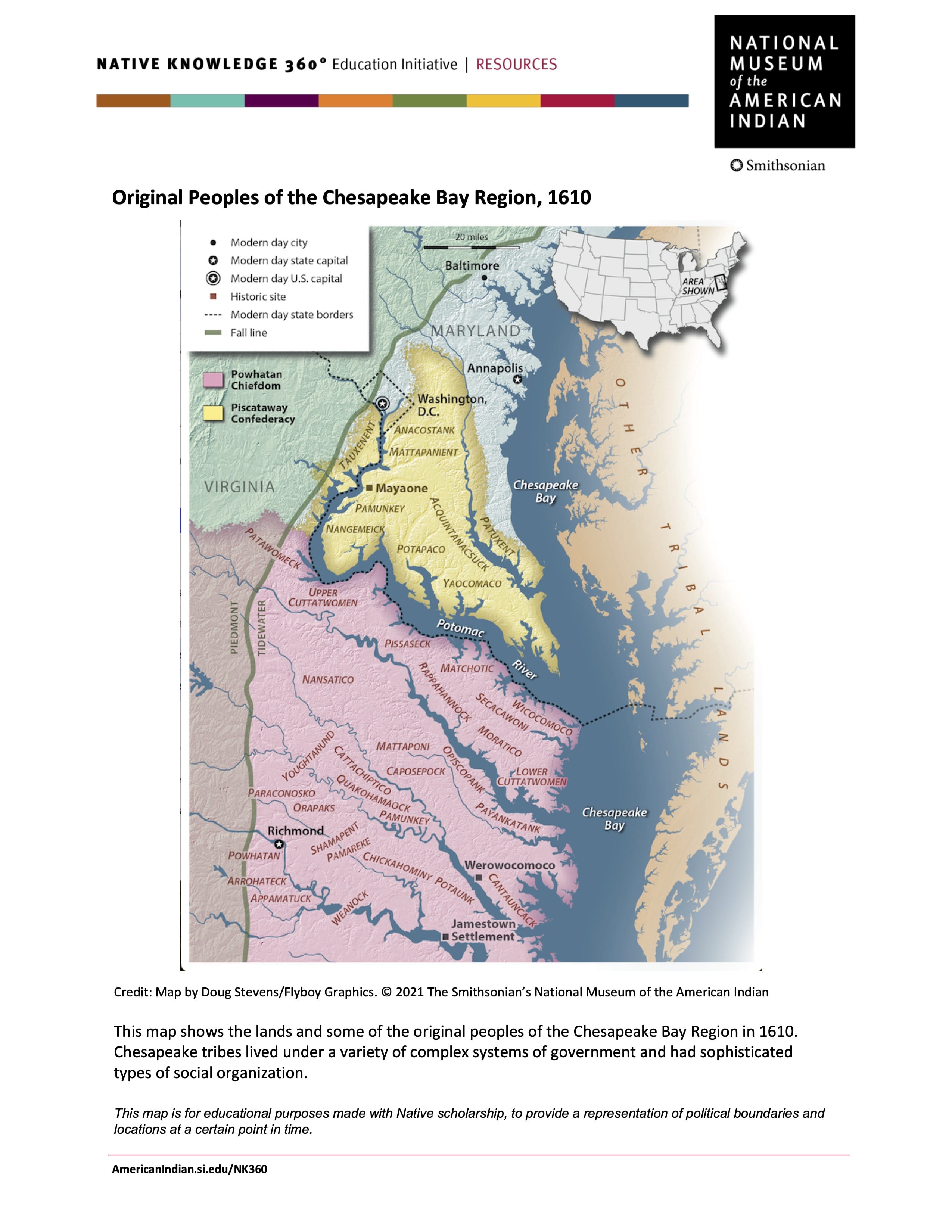

NMAI, Smithsonian, URL, https://americanindian.si.edu/nk360/pamunkey/assets/static/Pamunkey-1610-Chesapeake-Bay-Map-r-24.pdf
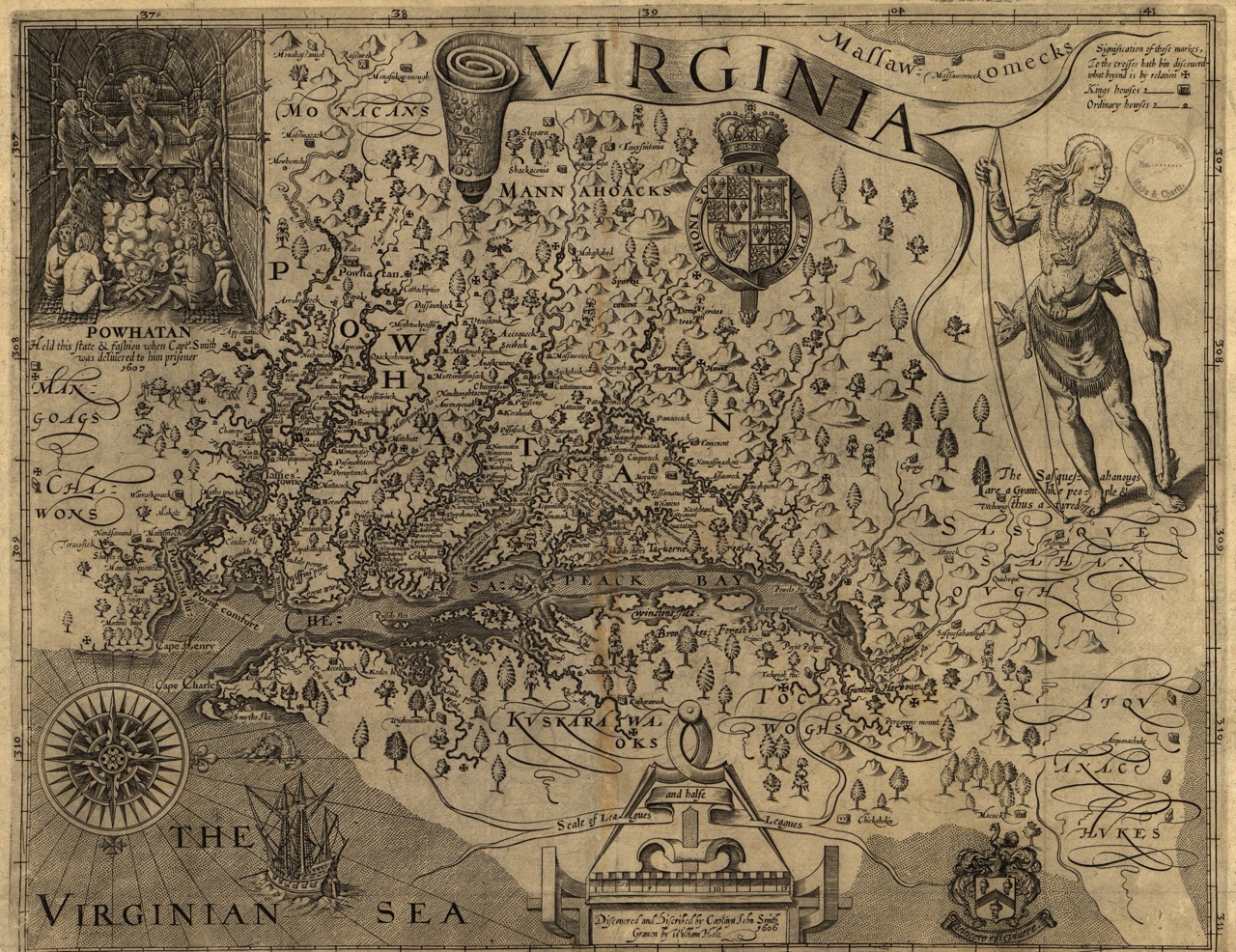
Smith, John, and William Hole. Virginia. [London, 1624] Map. https://www.loc.gov/item/99446115/.
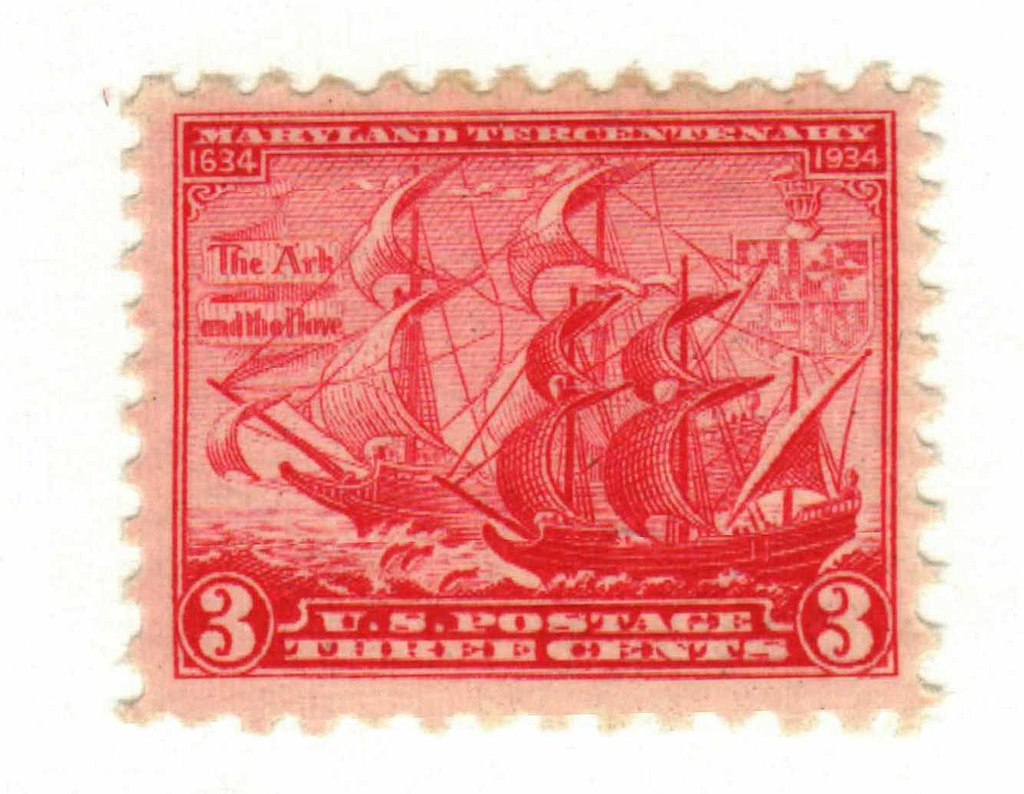
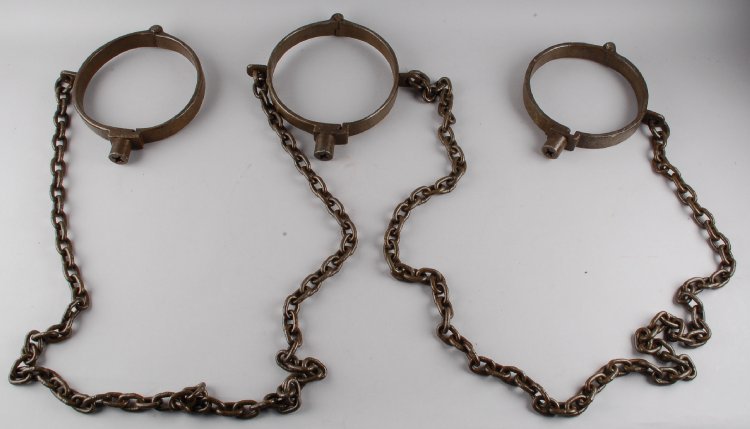
This European iron slave chain was used to chain three slaves together. Chains of this type were often sourced and manufactured in Britain and then used in different parts of the empire.

Toussaint Louverture, Haitian general and prominent leader of the Haitian Revolution. New York Public Library Digital Collections, Schomburg Center for Research in Black Culture, Photographs and Prints Division
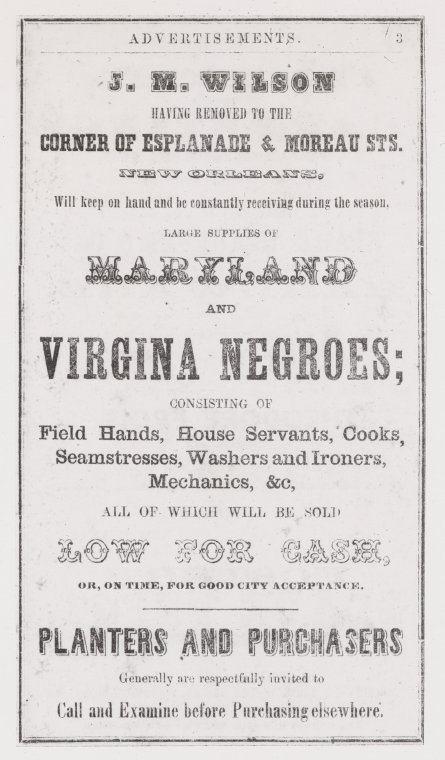
Advertisement from J.M. Wilson for sale of Maryland and Virginia Negroes (1857), New York Public Library Digital Collections, Schomburg Center for Research in Black Culture, Photographs and Prints Division. Public Domain.